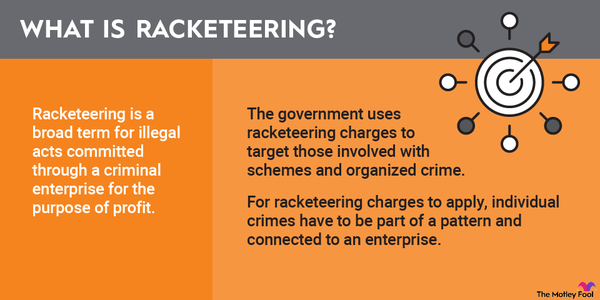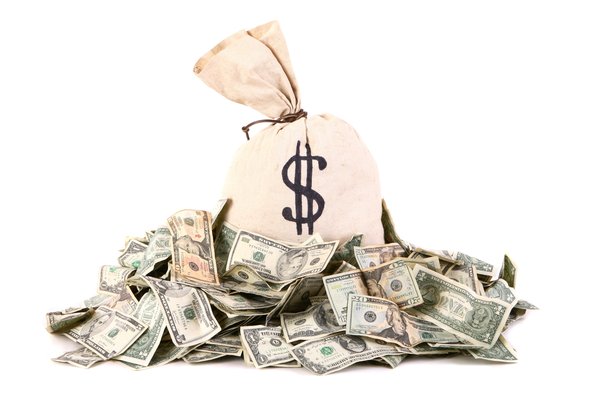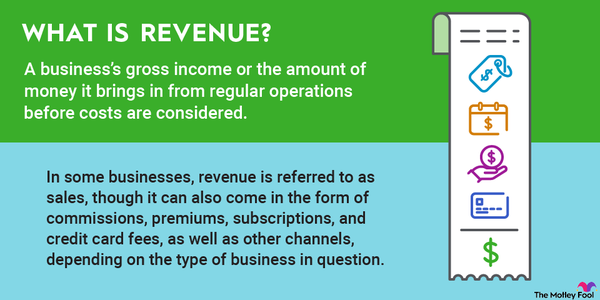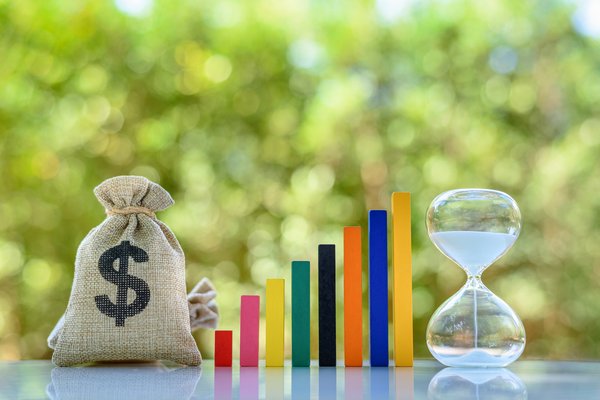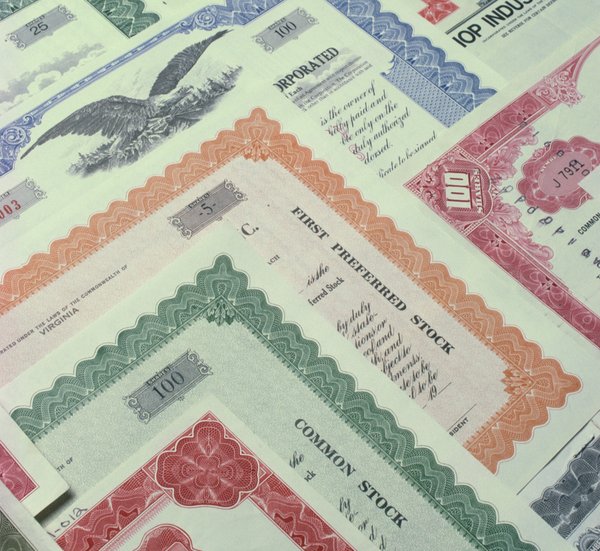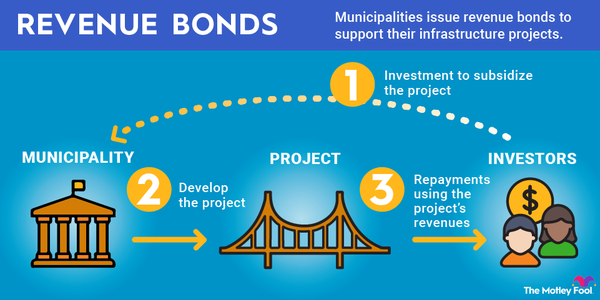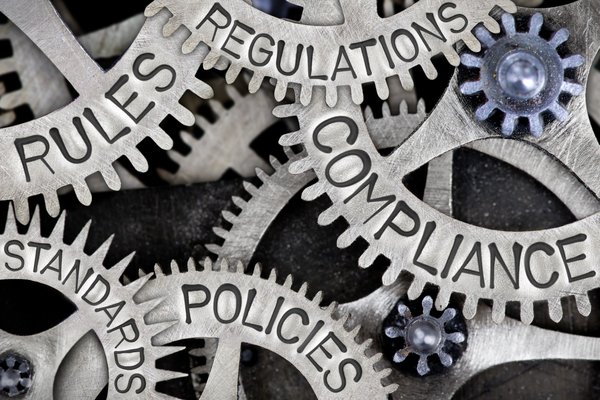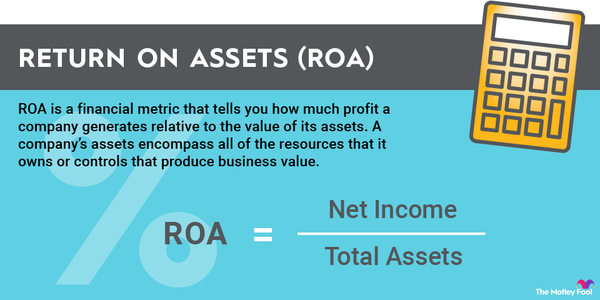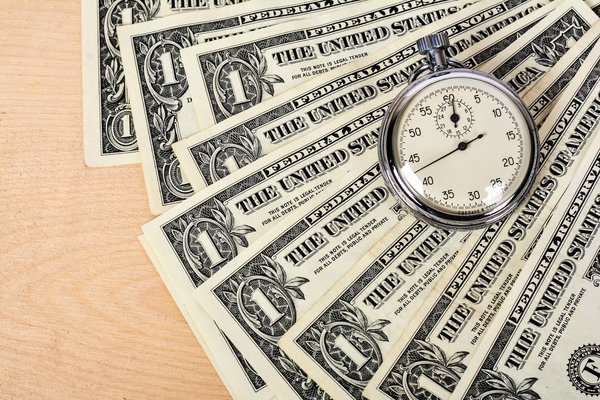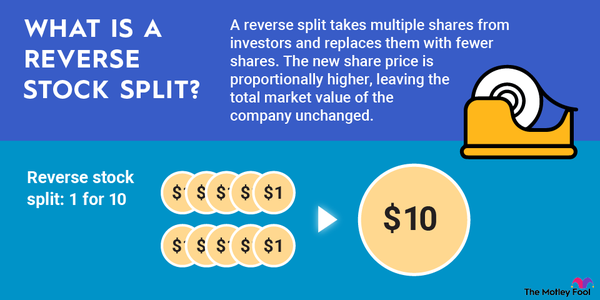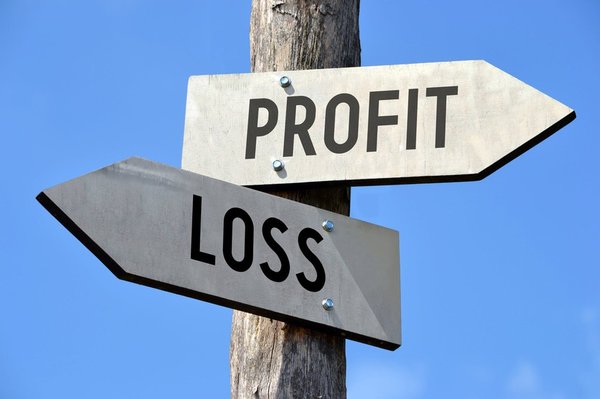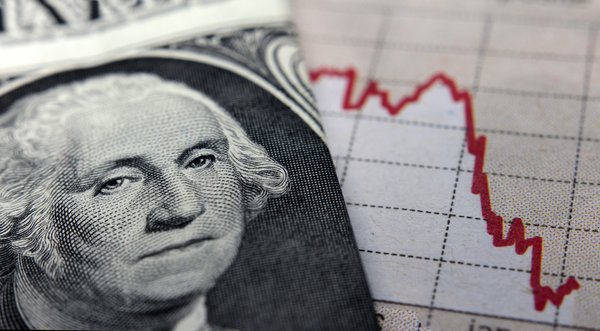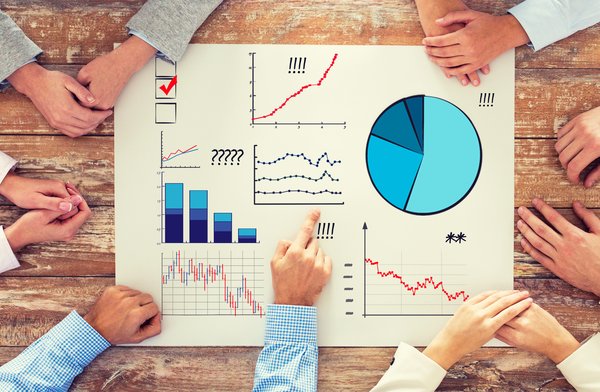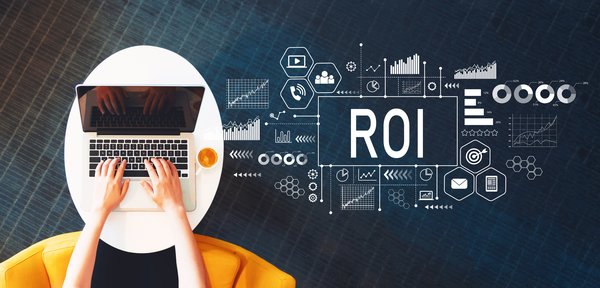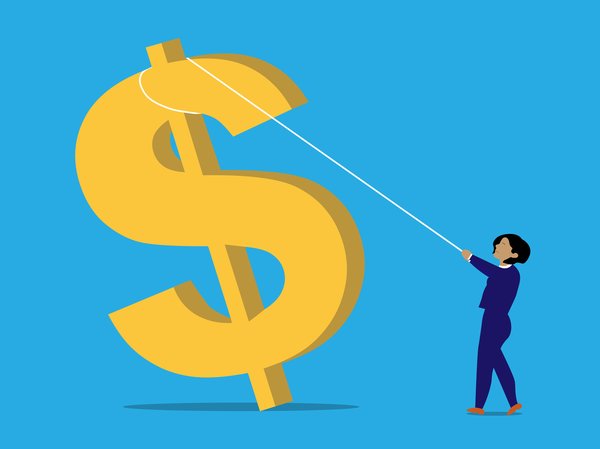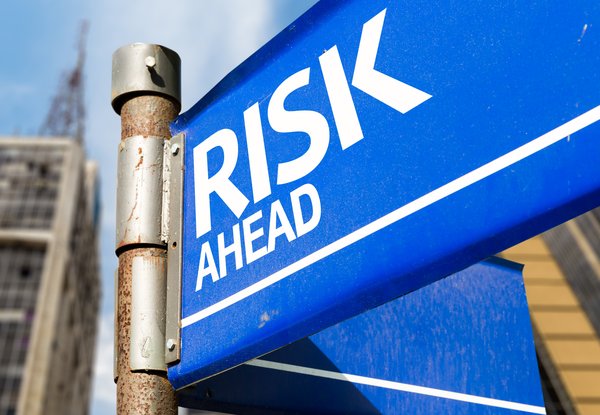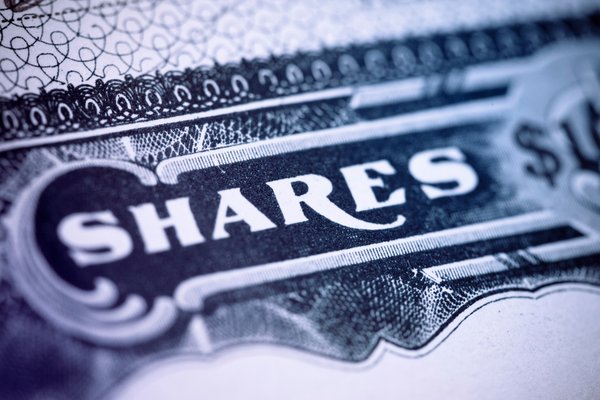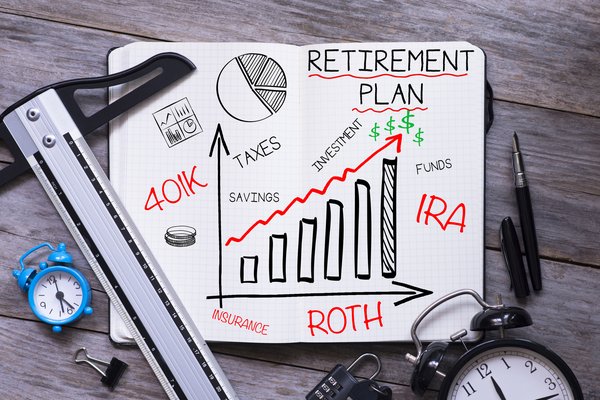Research and development (R&D) is the lifeblood of any business, whether it offers products, services, or a mix. Without R&D, the company would have no new offerings and wouldn't stay around very long. Read on to learn more about R&D and how it can be used to analyze an investment.

Overview
What is research and development?
Research and development is exactly what it sounds like: the researching and developing of new products and services for a business. Although you may not hear about it as much from companies like real estate investment trusts (REITs), it's important for every kind of business to engage in some amount of research and development to be able to offer products and services that the public wants.
Companies that are heavily dependent on research and development would include anything in the tech or pharmaceutical industry, but most companies have these expenses. They're generally included in the operating budget, found on the balance sheet.
Models
Research and development models
Although we generally think of scientists employed by a company slaving over a hot beaker full of colorful and potentially dangerous liquid when we think of research and development, that's not always how it works. There are three common ways that companies handle their R&D.
Corporate departments
Many large corporations have internal research and development departments that do nothing but work on potential new products and services. They often employ experts like industrial scientists and engineers, but any number of professionals may be involved in research and development, depending on what kind of product the company offers.
Mergers and acquisitions
Some companies focus less on internal R&D and instead look for very small companies in their industry that make outstanding products. These large corporations may invest in these smaller companies, but they're more likely to acquire them instead, so they have full control over what happens with the product from there.
Start-ups and incubators
Start-ups and incubators can be a special situation when it comes to R&D. Unlike corporations, which dedicate a small percentage of their time and resources to developing new products and services, many start-ups are nothing but research and development. They may be aided by incubators, which help start-ups develop their product or service fully and create the product. For very small start-ups, incubators add the special sauce that it takes to get off the ground.
Metrics
Research and development metrics
For investors, there are a couple of research and development metrics to pay attention to. These are return on research capital (RORC) and price-to-research ratio (PRR).
RORC is used to gauge the effectiveness of research and development spending by measuring and tracking the ROI of R&D over time. Although you can look at RORC once, it won't mean a lot unless you compare it to the same company across multiple periods to see how they're doing across time, as well as to competitors to see how they stack up. A company with consistently high RORC for its industry is one that's using its research dollars well.
The PRR is a ratio that compares the company's market capitalization to its R&D spending. You want to see that companies are putting enough money into R&D to continue to grow. Anywhere between five and 10 is a pretty solid number, but again, this must be compared to other companies in the industry to really be useful. You can calculate the PRR by dividing the market capitalization by the company's R&D spending for the previous 12 months.
Why research and development matters to investors
In certain industries, R&D is absolutely everything, but it's important in every industry. Without new products and services, most companies can't survive. It's great to invent an industry-disrupting widget, but after a while, that widget is copied by everyone under the sun and just becomes the norm. It's hard for a company to remain competitive by resting on its laurels.
For investors looking for long-term gains, companies that play the long term and invest in R&D are essential. These aren't companies that are fly-by-night operations that may pop up and then go bankrupt in a few years. Instead, they last because they're constantly looking to the future and trying to stretch the definition of what's possible.









